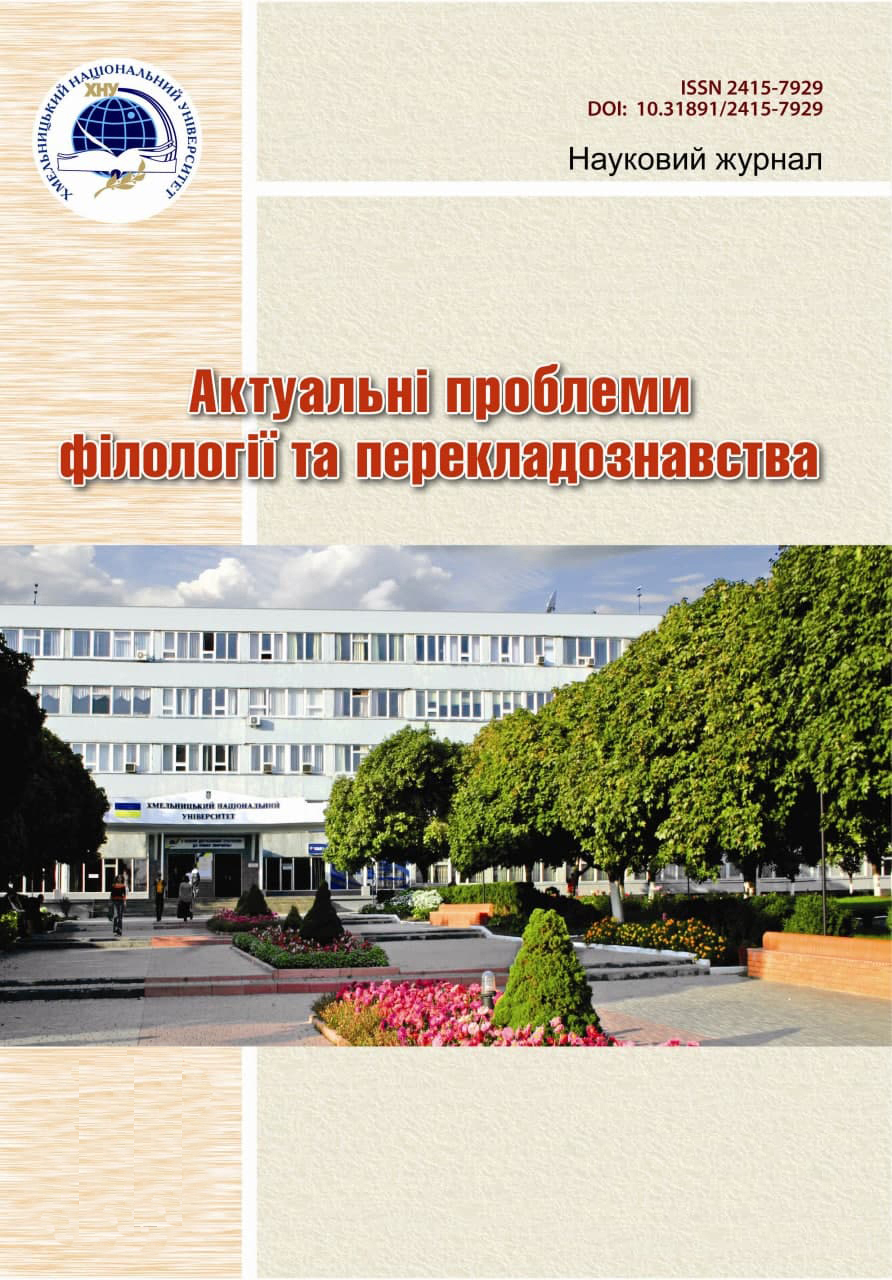VERBALIZATION OF THE AUTHOR’S IMAGE OF UKRAINIAN JOURNALIST ON THE MATERIALS OF INTERVIEW OF YANINA SOKOLOVA
DOI:
https://doi.org/10.31891/2415-7929-2020-20-8Keywords:
linguistic and cultural type “journalist”, frame, interview, Yanina Sokolova, “Professional characteristics”, "Internal moral characteristics”, "Language characteristics”Abstract
The article emphasizes that linguistic and cultural types are one of the special varieties of linguistic and cultural concepts, the most important characteristics of which are motivated by the typification of personality, its significance for a particular linguistic culture. Due to the established approaches to the concepts description in the structure of linguistic and cultural types, their conceptual and figurative-perceptual components are consistently highlighted.
The conceptual characteristics are based on definitions, descriptions, interpretations. According to the data of lexicographical works, the journalist is a professional writer, a permanent employee, a staff member, an organizer of the creative process, a politician, an author of a mass media text.
In the structure of the linguistic and cultural type “journalist” the following frames are distinguished: “Professional characteristics”, “Internal moral characteristics”, “Language characteristics”, which allowed to fully reveal the image-perceptual characteristics.
The most common frame that allows to reveal the author’s image of the Ukrainian journalist is “Professional Characteristics”. The paper emphasizes that the journalist does not touch on the personal life of her interlocutor in her interviews. Yanina Sokolova reveals the secrets of preparation for the interview, the etiquette formulas she uses, identifies the most important topics for her in the media – values and culture.
No less important frame in the structure of the analyzed type is “Internal moral characteristics”. Yanina Sokolova has the following traits: honesty, frankness, cheerfulness, diligence, purposefulness, self-criticism. The “Language Characteristics” frame allowed to reveal the civic position of the journalist – to speak the literary language, to teach it her children.
The proposed model of description of linguo-cultural types “journalist” can be used to study modern types on a wider textual material, as well as to implement a comparative approach to the study of linguo-cultural types in different languages and cultures.
Downloads
Published
Issue
Section
License
Copyright (c) 2020 Т. СУКАЛЕНКО (Автор)

This work is licensed under a Creative Commons Attribution 4.0 International License.

